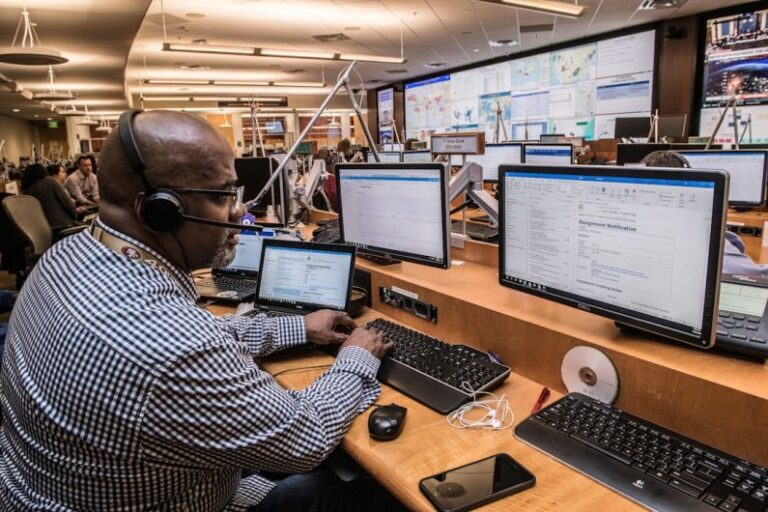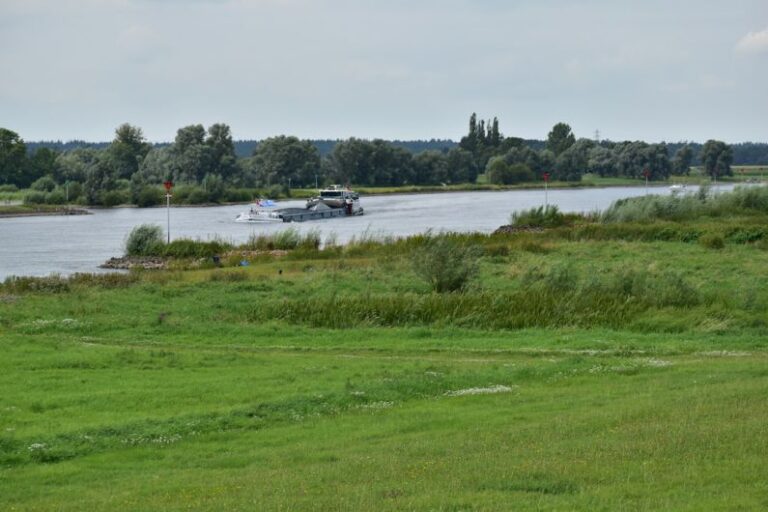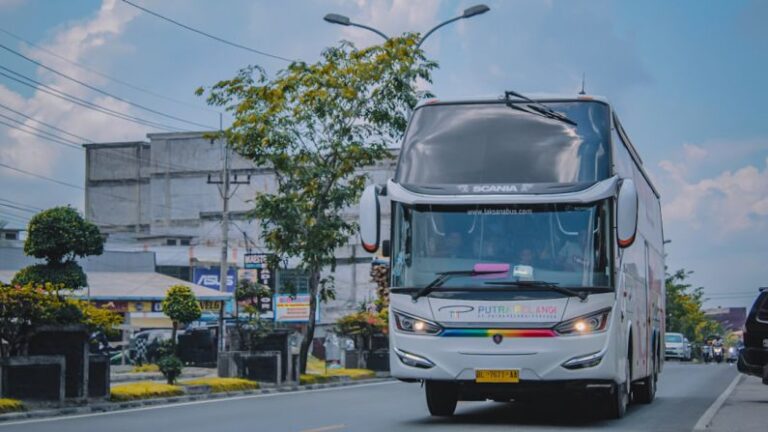The Role of Telematics in Modern Transportation
In the ever-evolving landscape of modern transportation, the role of telematics has become increasingly prominent. Telematics refers to the technology that combines telecommunications and informatics to transmit data over long distances. This powerful tool has revolutionized the way transportation operations are managed and optimized. From improving safety and efficiency to enhancing customer satisfaction, the impact of telematics is far-reaching and transformative.
**Enhancing Fleet Management**
One of the primary applications of telematics in modern transportation is in the realm of fleet management. By equipping vehicles with telematics devices, fleet managers can remotely monitor and track their assets in real-time. This capability provides valuable insights into the location, speed, fuel consumption, and maintenance needs of each vehicle in the fleet. With this data at their fingertips, managers can make informed decisions to improve route planning, reduce idle time, and optimize fuel efficiency.
**Improving Safety**
Safety is a top priority in the transportation industry, and telematics plays a crucial role in enhancing safety measures for both drivers and passengers. Telematics systems can monitor driver behavior, such as speeding, harsh braking, and acceleration, and provide real-time feedback to promote safer driving habits. In the event of an accident, telematics data can be used to reconstruct the events leading up to the incident, helping to determine liability and prevent future accidents.
**Optimizing Operations**
Telematics technology enables transportation companies to streamline their operations and increase overall efficiency. By analyzing data on vehicle performance, driver behavior, and route optimization, companies can identify areas for improvement and implement strategies to reduce costs and increase productivity. Real-time monitoring allows for quick adjustments to be made, such as rerouting vehicles to avoid traffic congestion or scheduling maintenance to prevent breakdowns.
**Enhancing Customer Service**
In today’s fast-paced world, customers expect transparency and efficiency when it comes to transportation services. Telematics technology allows companies to provide real-time updates on the status of deliveries, estimated arrival times, and any potential delays. This level of communication helps to build trust with customers and ensures a positive experience from start to finish. Additionally, the data collected through telematics can be used to analyze customer preferences and tailor services to meet their specific needs.
**Reducing Environmental Impact**
Sustainability is a growing concern in the transportation industry, and telematics can play a key role in reducing the environmental impact of operations. By optimizing routes, reducing idling time, and promoting fuel-efficient driving practices, companies can minimize their carbon footprint and contribute to a greener future. Telematics data can also be used to track emissions and fuel consumption, providing valuable insights for implementing eco-friendly initiatives.
**Maximizing Asset Utilization**
Telematics technology enables transportation companies to maximize the utilization of their assets by providing visibility into vehicle availability and usage patterns. By analyzing data on vehicle utilization rates, companies can identify opportunities to optimize their fleet size, reduce idle time, and increase overall efficiency. This data-driven approach ensures that resources are allocated effectively, leading to cost savings and improved operational performance.
**Empowering Decision-Making**
In conclusion, the role of telematics in modern transportation cannot be overstated. This powerful technology empowers companies to make data-driven decisions that optimize performance, enhance safety, and improve customer satisfaction. By leveraging the insights provided by telematics systems, transportation companies can stay ahead of the curve in a rapidly changing industry and drive success in the digital age.






